Off the beaten Japan travel path in Amami Oshima’s mangrove forests【Photos】
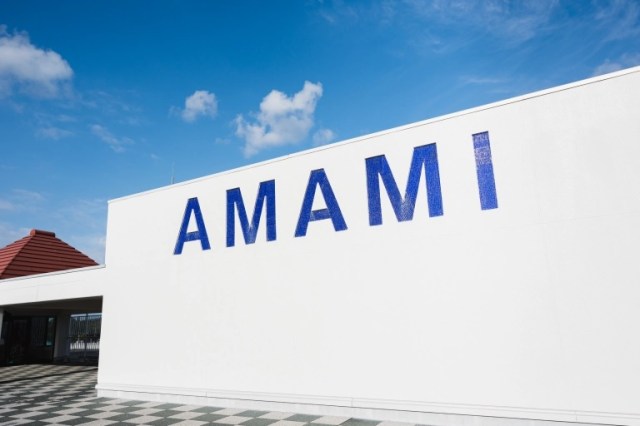
If you’ve been skipping Amami Oshima on your trips to Japan, you’ve been skipping a beautiful, uncrowded gem.
Kagoshima Prefecture is typically thought of as the southwestern corner of Japan’s southwestern island of Kyushu. However, Kagoshima also includes a number of islands that stretch even further away, with some being more than half-way to Okinawa.
Today, we’re headed to one of those islands: Amami Oshima.
▼ Amami Oshima
▼ Amami Oshima airport
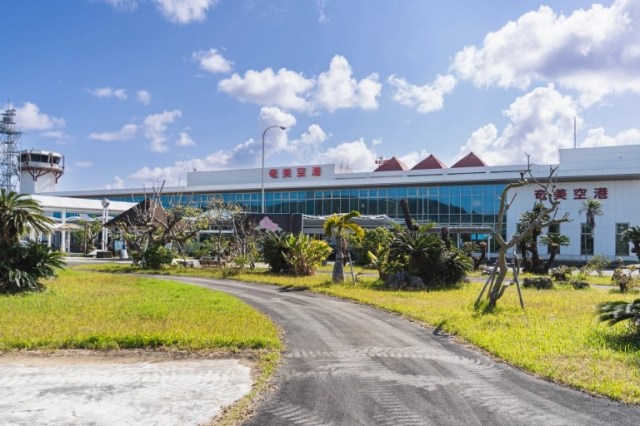
We were invited to check out the island by the “Wide Area Administration Association of Amami Islands,” the local tourism promotion department. The highlight of our trip was to be a visit to the island’s mangrove forests, which conjured up primordial jungle imagery in our head, but things were surprisingly modern when we got out of the airport, with supermarkets, drug stores, and even a Family Mart convenience store not far away.
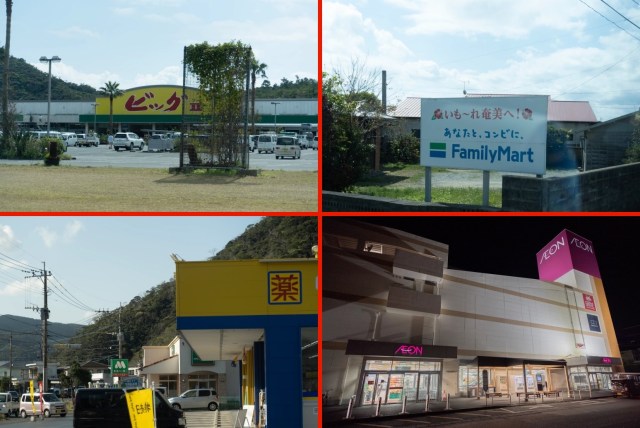
But as we hopped in our van and headed away from the airport, the scenery became increasingly lush…

…and before long, we were in a part of the island with such dense vegetation we weren’t sure we’d ever find our way back if we randomly wandered into it…
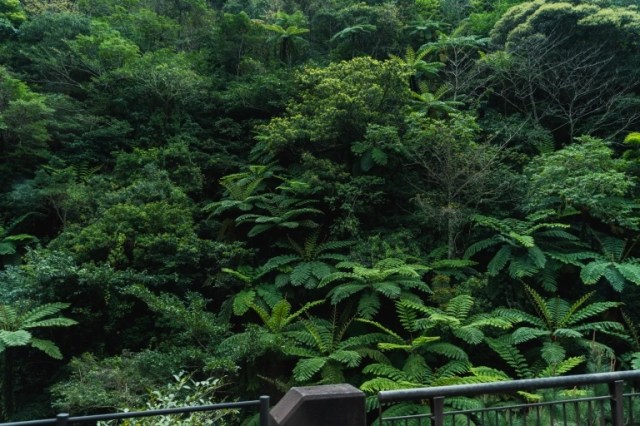
…and the view only got more beautiful once we reached the mangroves.
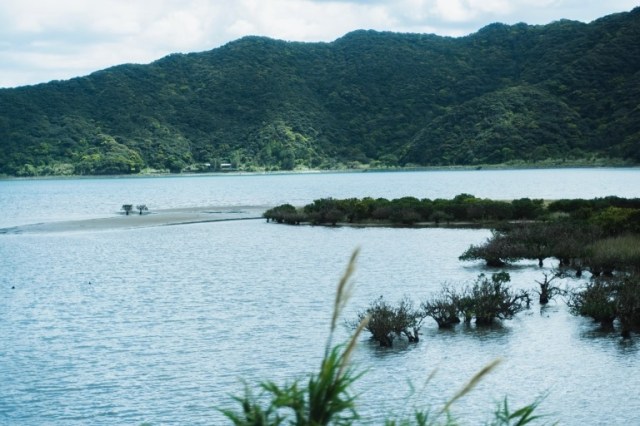
The trees grow in rivers and inlets where fresh and seawater mix, and we could see a meandering waterway in the middle of the forest we were approaching.
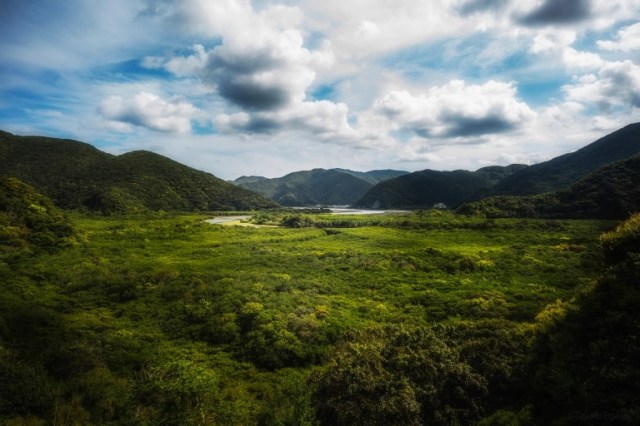
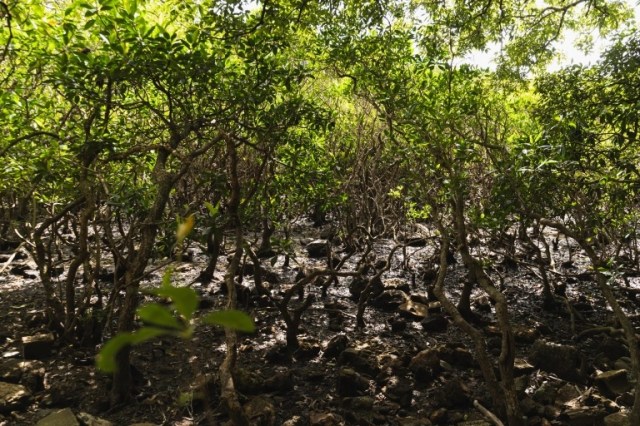
▼ The species of mangrove that grows on Amami Oshima is the bruguiera gymnorhiza, which you can tell from its flowers.
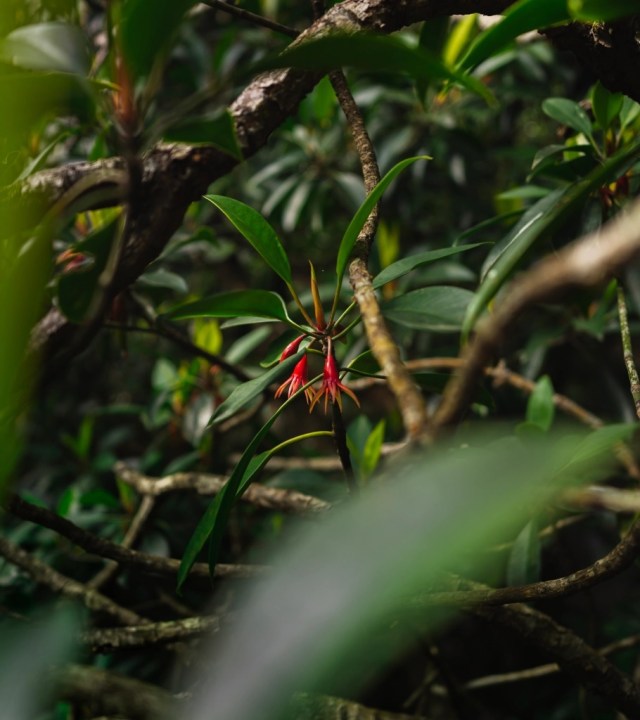
The mangroves are found in the Amami Gunto National Park Special Protection Zone, so you can’t just go traipsing off into the woods. Instead, we headed over to the Mangrove-kan (“Mangrove Building”)…
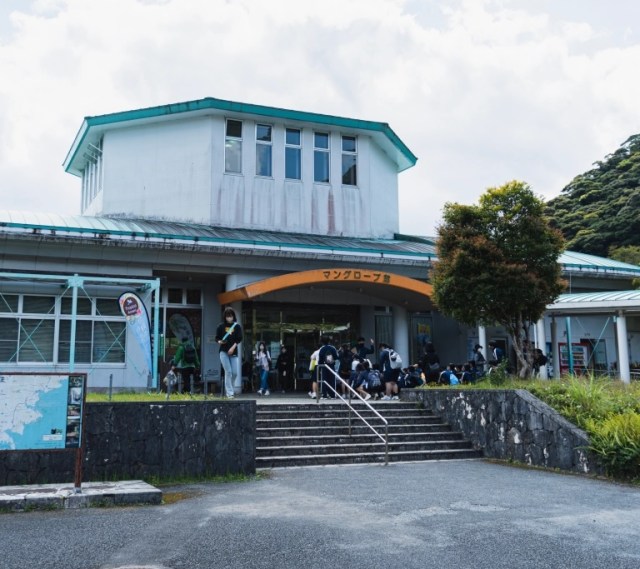
…which offers guided canoe tours.
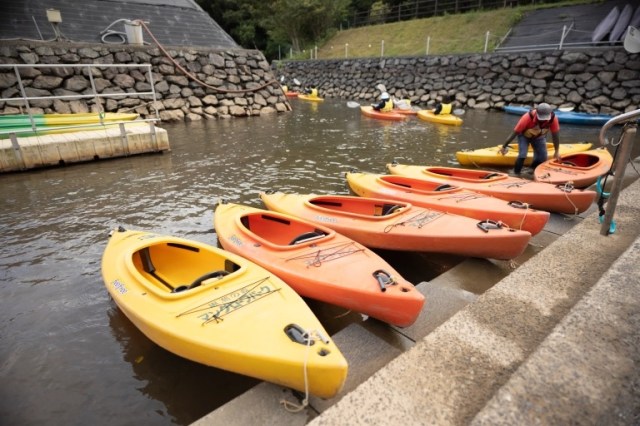
Having zero canoe experience ourselves, we were sort of apprehensive about hopping into one. After a brief, five-minute safety and operation lecture, though, our group was on its way, and we quickly became accustomed to the rhythm of paddling our oars and gasping at the lovely landscape.
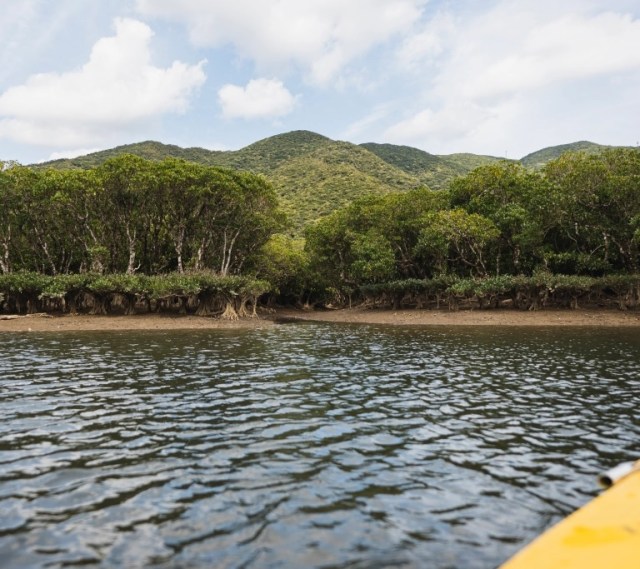
As we mentioned above, the mangroves grow in a mix of fresh and saltwater, and sometimes visitors will even encounter sea turtles while on the tour (we, unfortunately, weren’t lucky enough to, but a group that went out before us that day did). Tours are priced at 2,000 yen (US$15) and leave every 90 minutes between 10 a.m. and 4 p.m.
▼ A 360-degree view of part of the canoe route
By the way, if you’re looking for lunch at someplace with plenty of local flavor, near the Mangrove-kan is the restaurant Tsumugi-an. We treated ourselves to the 1,850-yen (US$14) manpuku (“full stomach”) set and stuffed ourselves with soba noodles, stewed pork, karaage fried chicken, tempura, and rice.
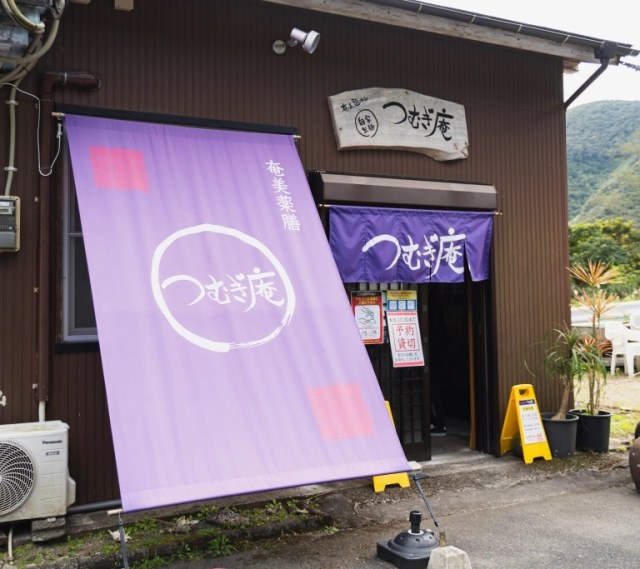
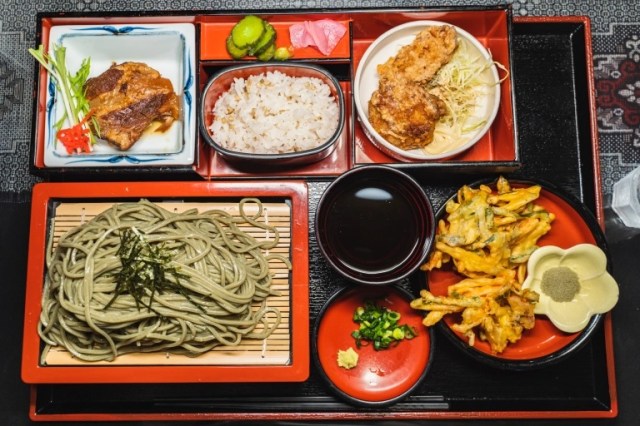
When night fell, instead of turning in early, we headed out once again for a special wildlife spotting tour.
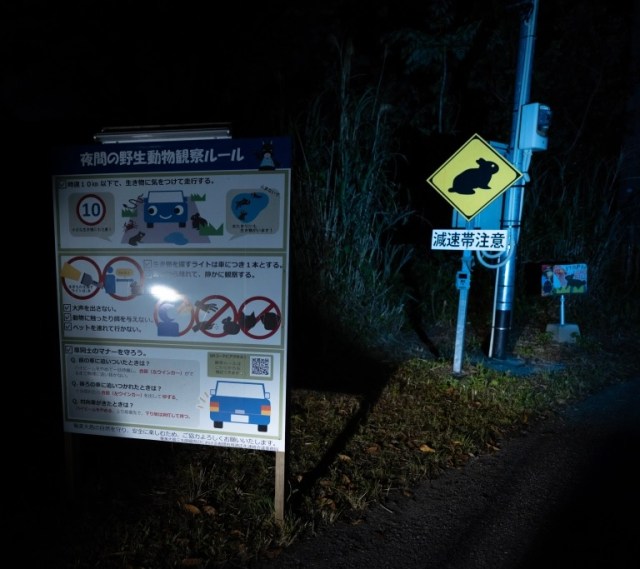
To access this section of road after dark, visitors are required to make an advance reservation (which can be done online here). You also have to stay in your car and stay under a speed of 10 kilometers (6.2 miles) per hour.
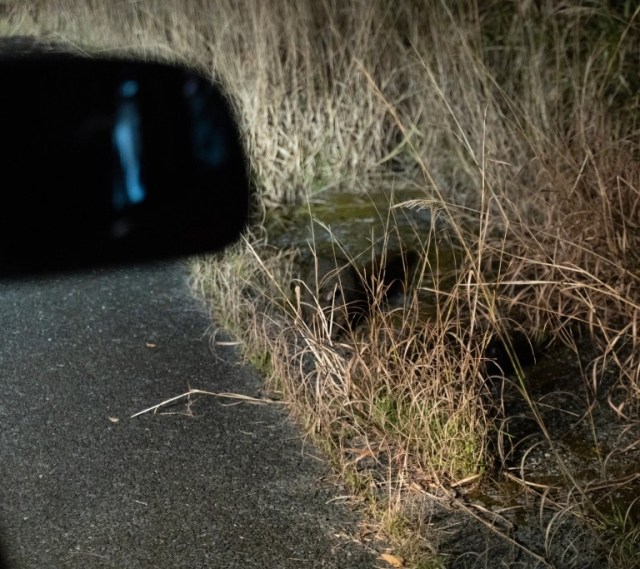
But if you do all that…
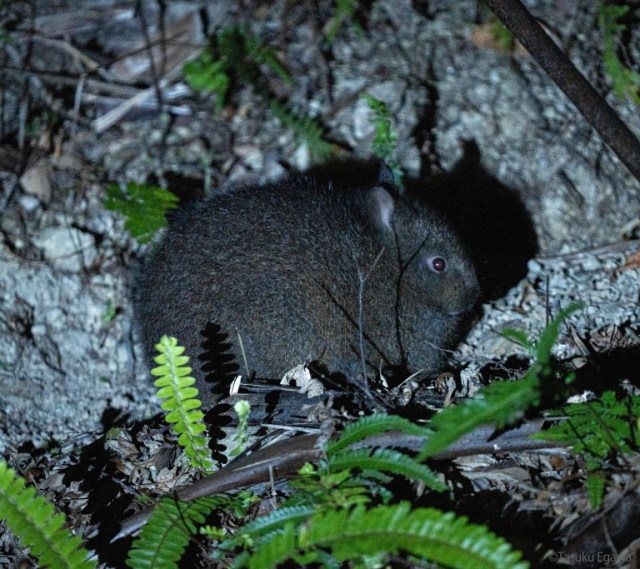
…you’ve got a good chance of seeing the Amami no Kurousagi, or Amami Black Rabbit, a protected, and adorable, species.
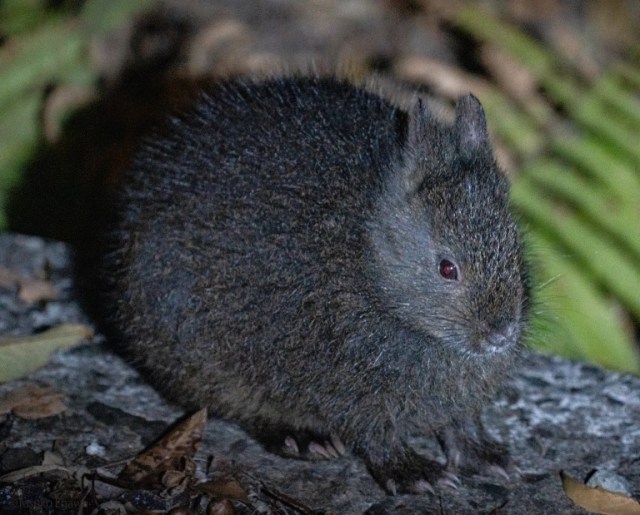
Because of its geographic location, Amami Oshima often gets skipped over by travelers heading from the rest of Japan to further south in Okinawa. It’s a beautiful and unique place, though, so if you’re looking for something off the beaten path, it’s worth putting on your Japan travel itinerary.
Related: Amami Oshima Mangrove Park, Tsumugi-an
Photos © SoraNews24
● Want to hear about SoraNews24’s latest articles as soon as they’re published? Follow us on Facebook and Twitter!
Credit:

0 comments:
Post a Comment